
Crusader bug
Date: 2022 Author: Jianhua Mo
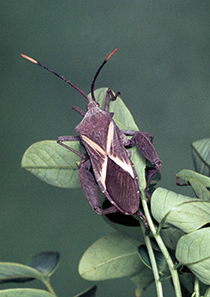
Description
The adults are brown and have a distinguishing yellow X-shape on their backs (Figure 1). Juveniles do not have a cross; they have two small spots on their back (Figure 2). They are approximately 2.5 cm long. There are 3–4 generations per year, with 5 nymphal stages. Eggs are large, elongated and brown, with a rounded lid.
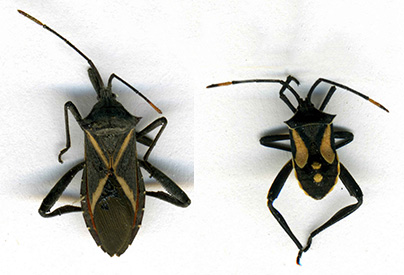
Damage
Crusader bugs feed on young plant growth, resulting in the wilting of shoots (Figure 3). The shoots go brown and often die back to the old wood. All citrus varieties can be attacked.
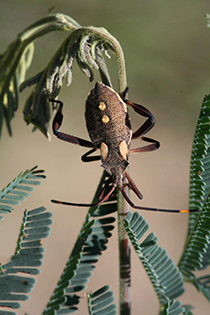
Monitoring
Monitor once or twice during October–April by checking 5 randomly selected shoots on each tree.
Natural predators
Birds
Assassin bugs (Figure 4)
Praying mantises (Figure 5)
Parasitic wasps (Figure 6)
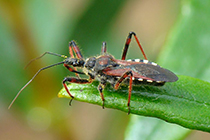
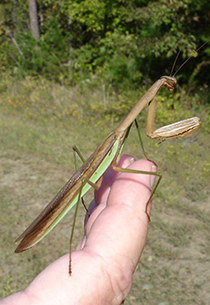
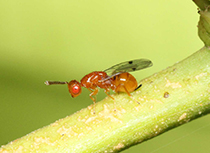
Control measures
- If 25 or more of the shoots are infested, spot spray with a selective insecticide.
- Check the APVMA PubCRIS database for registered controls.

